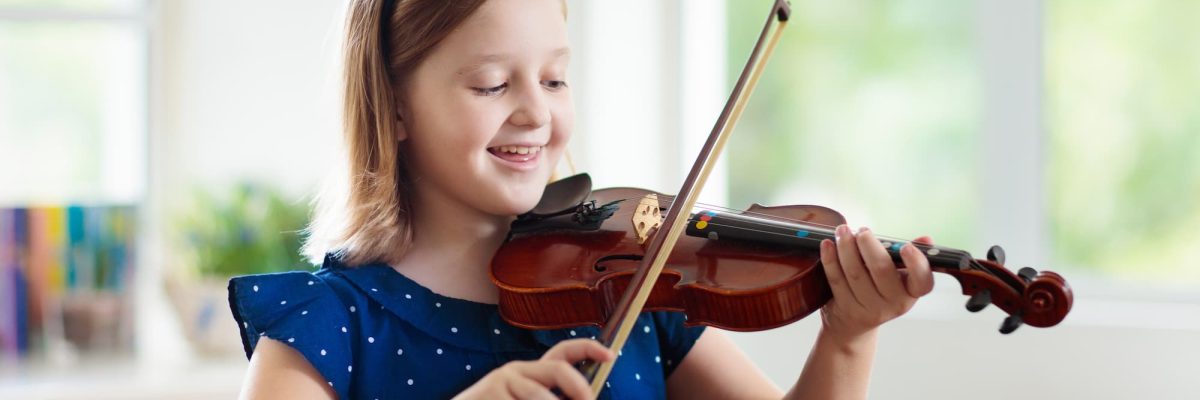Introduction to the Violin
Embarking on the journey of learning the violin can be both exciting and daunting. The violin, known for its rich history and beautiful sound, is a challenging yet rewarding instrument to master. As a first-time player, there are several key aspects to consider to ensure a smooth and enjoyable learning experience.
Choosing the Right Violin
Size Matters
The first step in your violin journey is to select the right instrument. Violins come in various sizes, and it’s crucial to choose one that fits your body size. Children and adults will require different sizes, typically measured in fractions for children and a standard 4/4 size for adults.
Quality and Budget
While it’s tempting to opt for the least expensive option, remember that the quality of the violin significantly impacts the sound and playability. Consider investing in a decent quality instrument that stays within your budget. Renting can also be a viable option, especially for children who may outgrow their violins. Call us and we can help you find a good place to find one.
Basics of Violin Care
Handling and Storage
Taking good care of your violin is essential. Always handle it with clean hands and store it in its case when not in use. Avoid extreme temperatures and humidity, as these can damage the wood and strings.
Regular Maintenance
Regular maintenance includes cleaning the violin with a soft, dry cloth and occasionally using a specific violin cleaner. It is important to clean rosin off your strings and the body of your violin. Check the strings regularly for wear, and replace them as needed. It’s also advisable to have your violin checked by a professional once a year.
Learning to Play
Finding a Teacher
A qualified violin teacher can guide you through the learning process, ensuring proper technique and preventing bad habits. Look for a teacher whose teaching style and experience align with your goals and personality.
Practice Makes Perfect
Regular practice is key to progress. Start with short, daily practice sessions and gradually increase the duration as you become more comfortable. Focus on quality rather than quantity.
Understanding Violin Techniques
Posture and Holding the Violin
Correct posture is crucial. Learn to hold the violin and bow correctly, as this will affect your sound and prevent injuries. Your teacher can provide guidance on the proper way to stand or sit and how to hold the violin against your shoulder and chin.
Mastering the Basics
Begin with basic bowing techniques and simple scales. Developing a good sound takes time, so be patient and focus on mastering the fundamentals before moving to more complex pieces.
Reading Music and Rhythm
Learning to Read Sheet Music
Reading sheet music is an essential skill for violin players. Start with the basics of musical notation, including notes, rhythms, and dynamics. Many beginner books and online resources can help you learn to read music.
Understanding Rhythm
Rhythm is a fundamental aspect of music. Practice clapping and counting out rhythms before playing them on the violin. This will help you develop a sense of timing and improve your overall musicality.
Joining a Community
Engaging with Other Musicians
Joining a community of fellow musicians can be incredibly beneficial. Look for local groups, workshops, or online forums where you can share experiences, ask questions, and even play together. This can be a great source of motivation and support.
Performances and Recitals
Participating in performances or recitals, even as a beginner, can be a rewarding experience. It offers an opportunity to set goals, work towards them, and showcase your progress. It’s also a great way to overcome stage fright and gain confidence.
Conclusion: Enjoy the Journey
Learning the violin is a journey filled with challenges and achievements. Remember to enjoy each step, celebrate your progress, and keep a positive mindset. With dedication, practice, and passion, you will find that playing the violin can be a deeply rewarding and life-enriching experience.

A native of Florida, Cindy grew up with a rich family history of music. Starting with piano at age 9, she added flute and other instruments to her repertoire in junior high. She made all-county band and played piano for her school’s jazz band and show choirs. Throughout her teen years, she also had opportunities to perform in her local community in churches, assisted living facilities, plays, and productions. While pursuing her college degree in education, she traveled as the pianist for a college-sponsored singing group in 48 states over five summers. She has now been teaching music, including instruments and voice, since 1995. She has instructed students of all ages and skill levels, and many of her students from decades past now are teaching their own music students.


